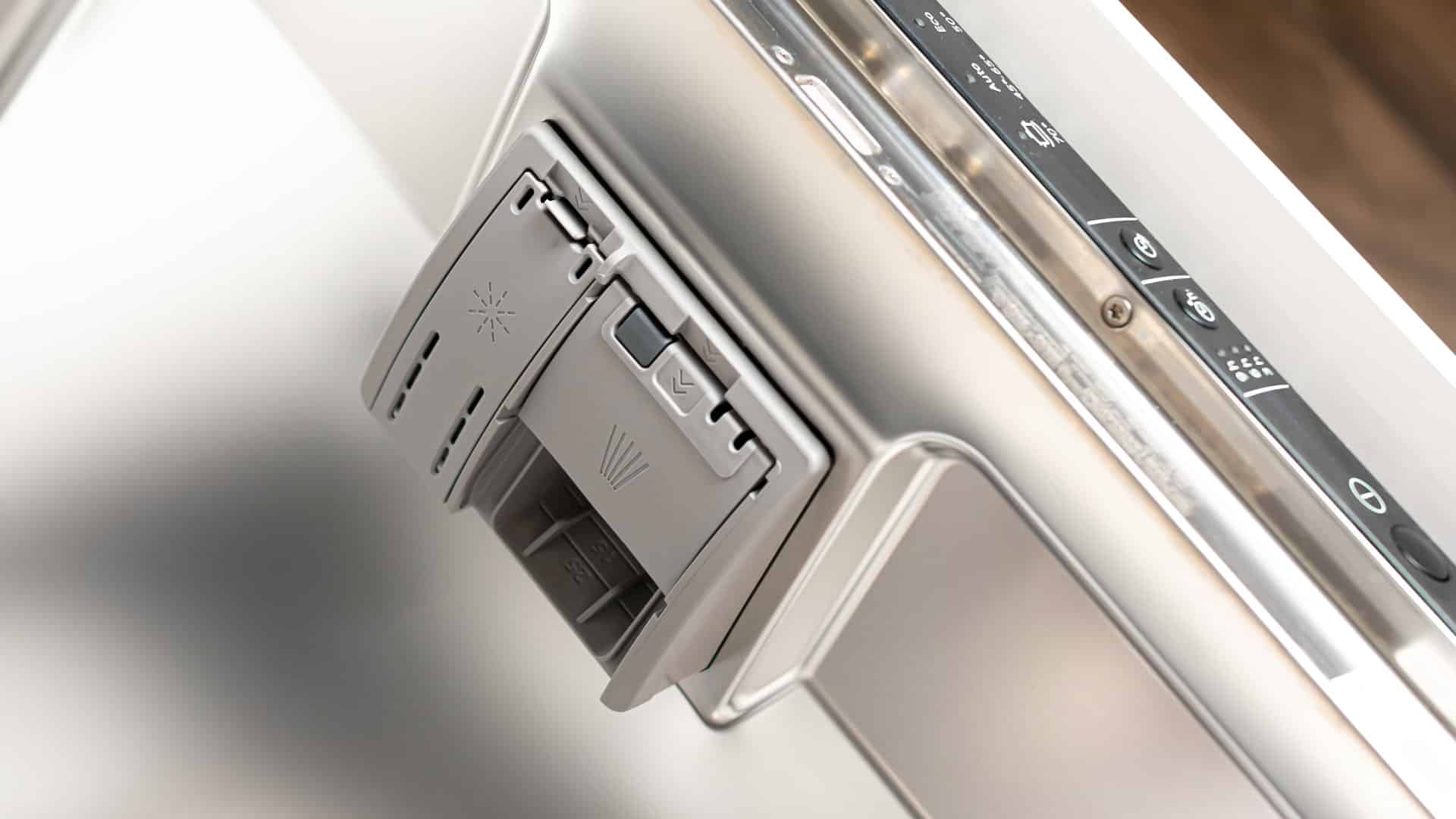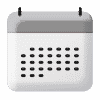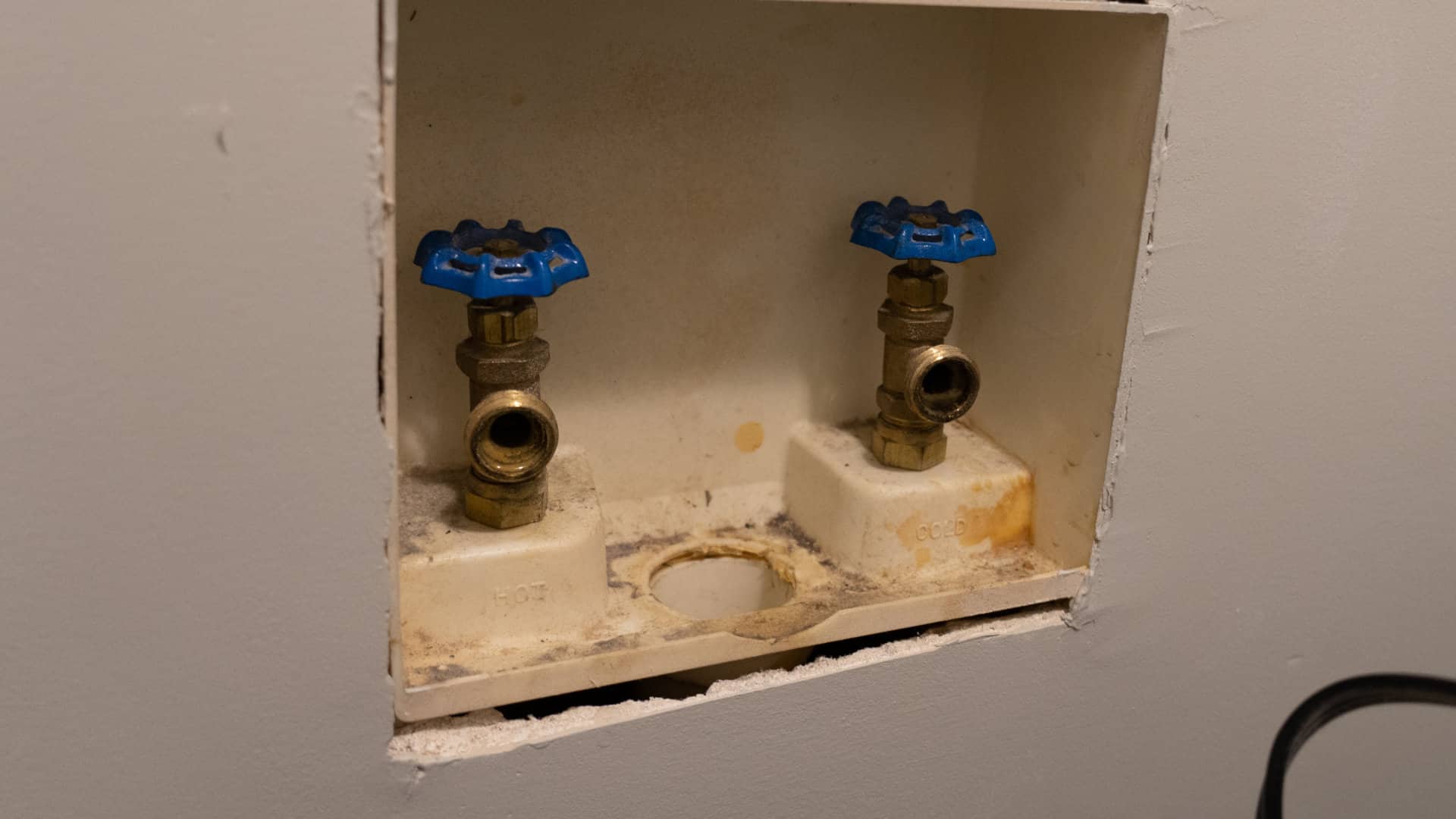
If you hear gurgling sounds, smell a foul odor, or see a small puddle of water near your washing machine, it could result from inadequate pipe ventilation. To remove these problems, venting your washing machine drain pipe is a good idea.
While this task is usually best left to a professional plumber, it can be done yourself if you have some DIY know-how. This guide will give you step-by-step instructions on how to do it. But first, let’s start by explaining why you should do it and when you can tell that venting a washing machine is a good idea.
Why vent a washing machine drain pipe?
Proper ventilation is essential to maintain the functionality of any plumbing system. When a washing machine completes its cycle, a pump forces the water to drain through a curved hose and into a standpipe. The standpipe then directs the water through a sewage line, preventing potential leaks or mess.
Without adequate ventilation, the water flow can increase the air pressure within the plumbing system. Excessive pressure can lead to pipe bursts, clogs, and potential flooding within your home. Additionally, ventilation removes unpleasant and harmful sewer gas from your home while simultaneously bringing in fresh air.
When should I vent my washing machine drain pipe?
If you notice any of the issues listed below, your washing machine system may have poor drainpipe ventilation.
Unpleasant odors. Adequate ventilation in your washing machines’ drain systems helps prevent sewer gas infiltration into your home. If you can smell a foul odor coming from your washing machine, this indicates insufficient ventilation.
Gurgling noises. If you notice gurgling sounds from your washer or sink when it is draining, the ventilation setup may be the cause of it.
Slow drainage. If your washing machine drains unusually slowly, it may indicate a severe ventilation issue. It is advisable to book a plumber to inspect your drainage system if this is happening.
Sink water backup. If water starts coming up through your sink drain as your washer cycle ends, it indicates a lack of proper drainage due to ventilation problems. Again, you should immediately call a plumber if this is happening.
Steps to vent a washing machine drain pipe
If you attempt to vent your washing machine drain pipe, follow the steps below, and you should be able to carry it out successfully. Please note that these instructions are very general due to the unique requirements of each drainage and ventilation system. Due to the difficulties of venting your drain pipe, it’s best to get a qualified plumber to do it for you.
1. Switch the water and power off
Safety first! Turn the water and power off before going any further. Simply unplug your washing machine from the power socket and disconnect the water supply hoses from the back of your appliance.
2. Locate the drainpipe
The next step is to locate the drainpipe. The drainpipe is a gray hose connecting to the back of your washing machine on one end and the other into a standpipe. Once located, disconnect the pipe and check for any blockages.
3. Run the drain pipe into the vent stack
The most efficient way to vent your washing machine drainpipe is to run the pipe into your vent stack. The vent stack is the pipe that connects to your plumbing system and exits through the roof. It’s set up this way to allow gases to flow out of your home easier. You need to connect the drainpipe to the vent stack by attaching a new pipe between them—consisting of a U-shaped P trap and a vertical standpipe.
4. Install a P trap
The purpose of the P trap is to connect the washing machine drainage to the sewer line. When water drains out of your washer, the P trap creates a barrier between the drain and the sewer line to prevent foul odors from entering your home. The P trap can be installed by using an adapter fitting so one end can be connected to the standpipe and the other to the vent stack.
5. Install an air admittance valve (AAV)
The AAV is used if the roofline vent stack cannot connect easily to the washer drain. An AAV is a one-way vent that connects using an adaptor on the drainpipe. It’s essential that the AAV is connected in a place that can easily be reached when repairs are required. This means it shouldn’t be placed behind a wall. Due to building code restrictions, you must first check if an AAV can be installed in your home.
6. Test the system
Once all venting system components have been installed, the hoses can be reconnected to your washing machine, and the drain hose can be connected to the drainpipe. Make sure the drain hose is bent into a U-shape. You can turn the water and power supply back on and then run your washing machine on a cycle. While the cycle is running, check if everything is working correctly. If so, you can start using your washing machine again.
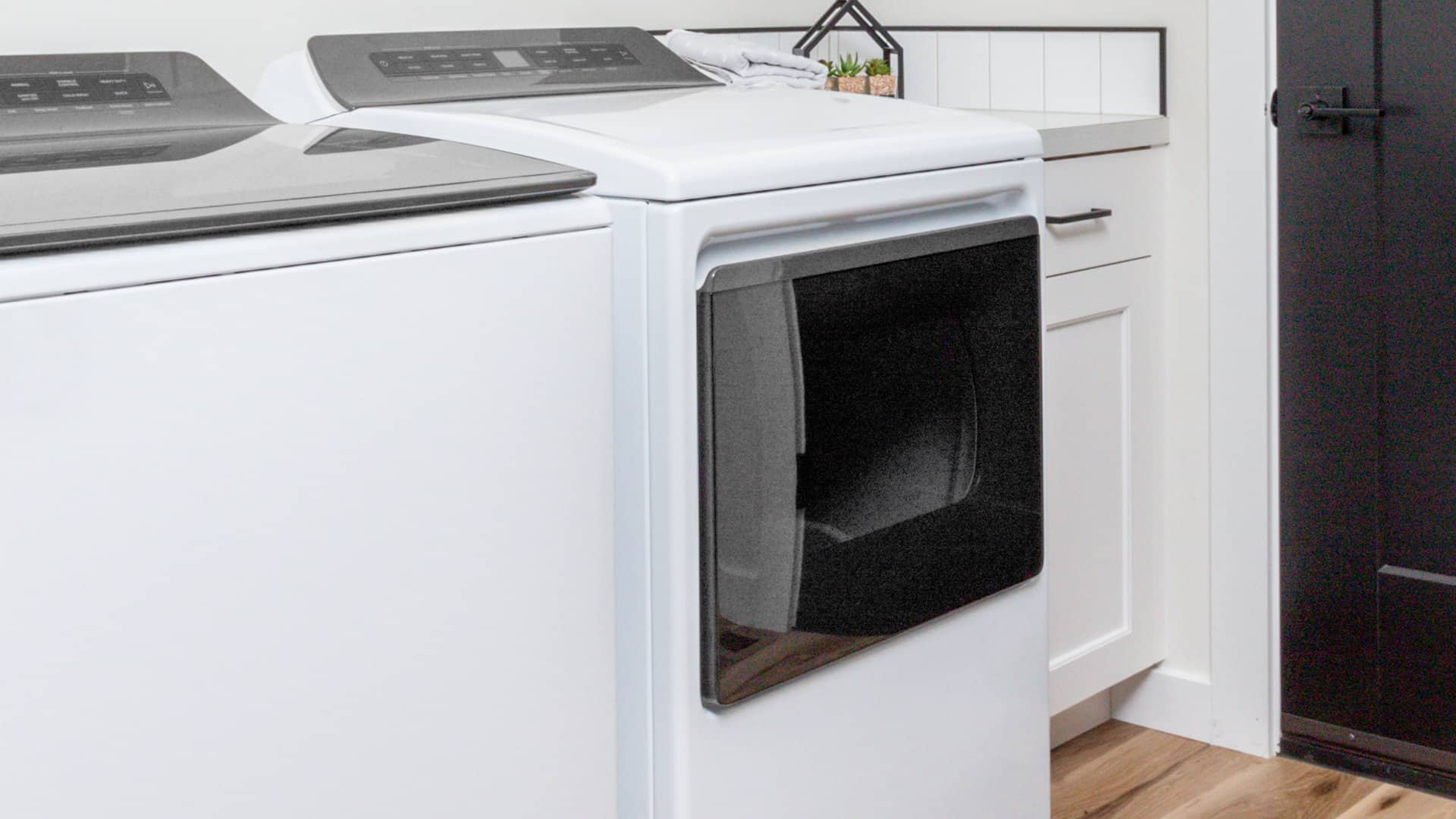
How To Fix a Whirlpool Washer F20 Error Code
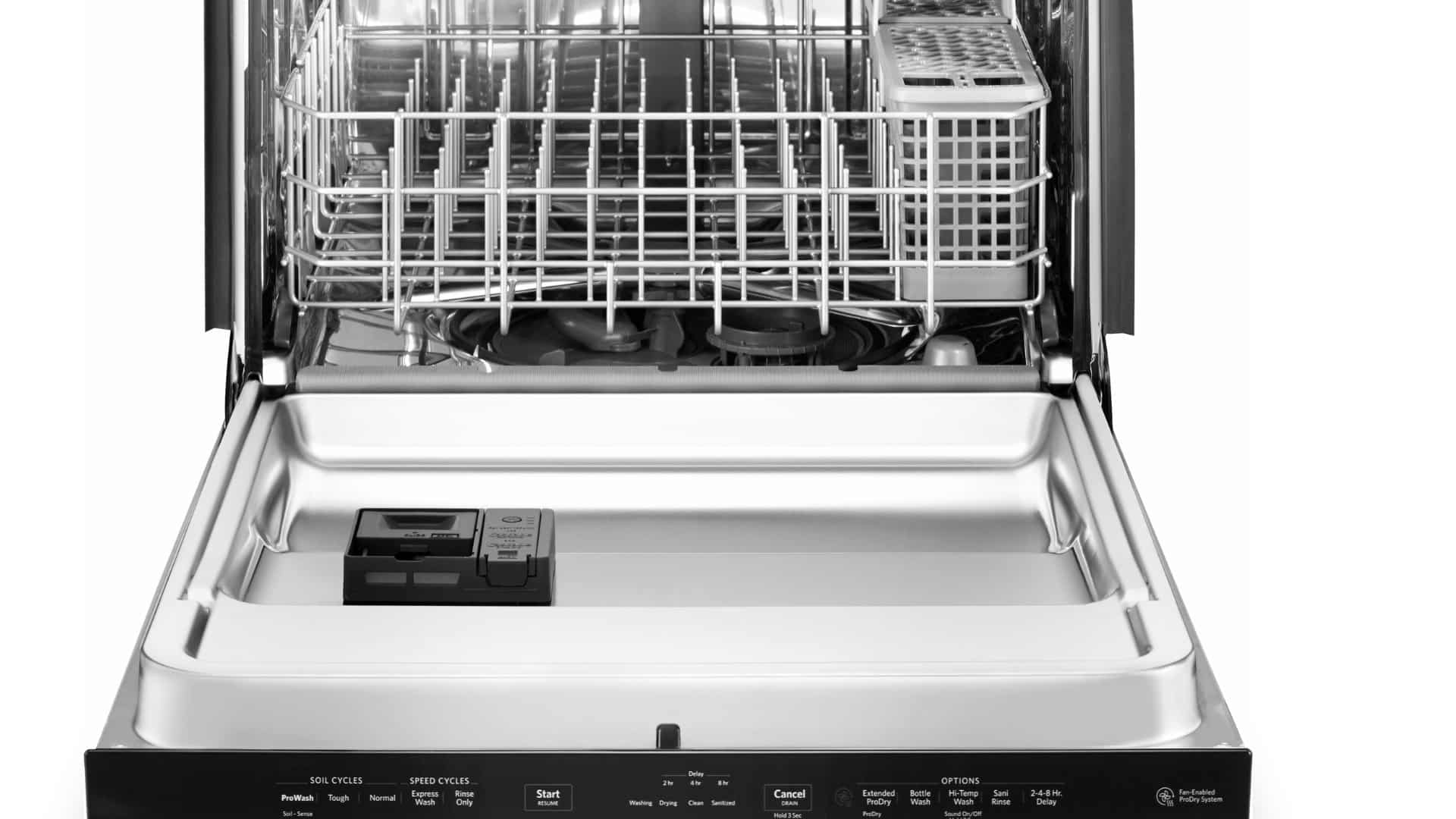
How to Fix a Dishwasher Not Getting Water: The Ultimate Guide
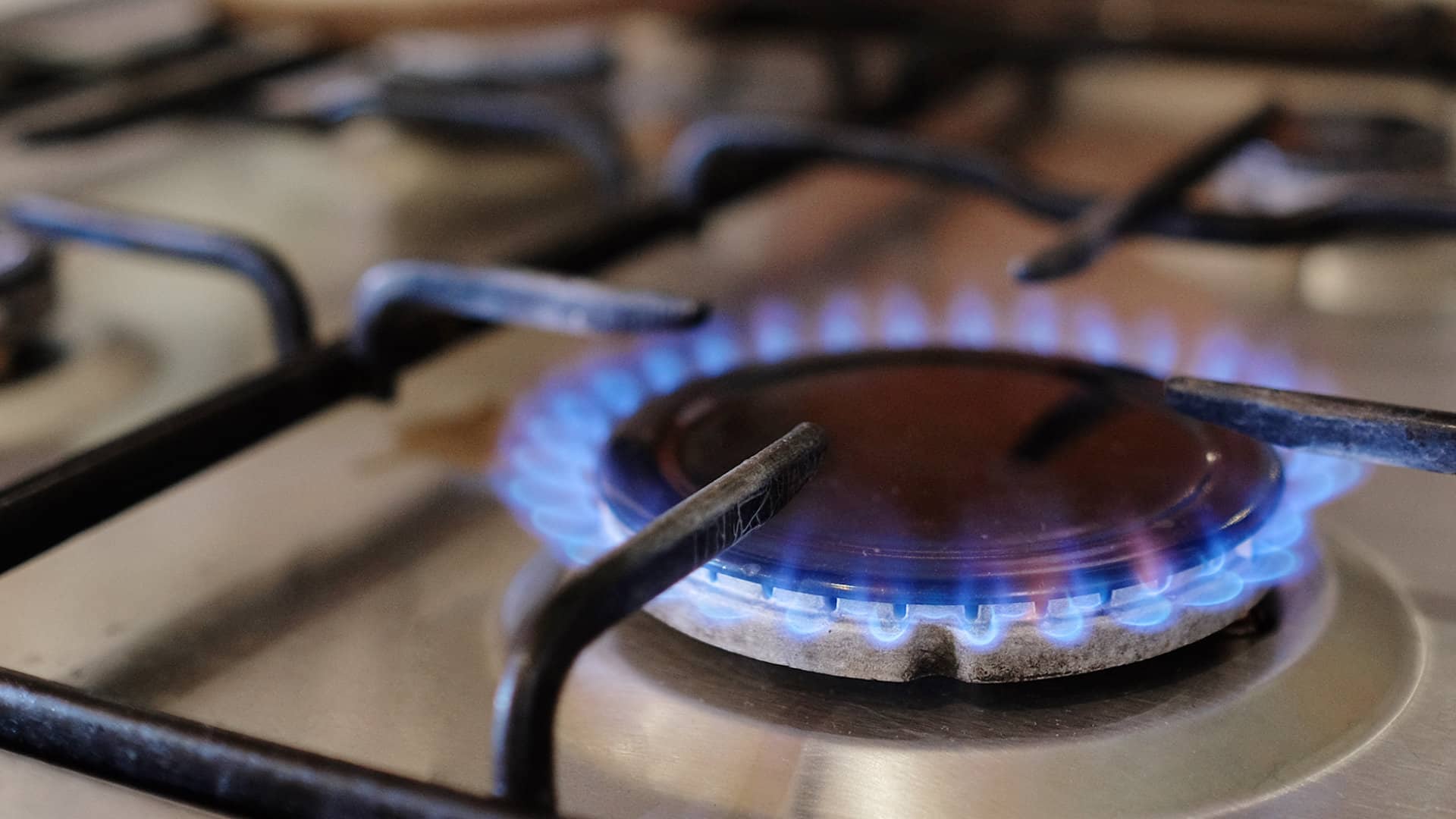
How to Solve the Frigidaire Stove F10 Error Code
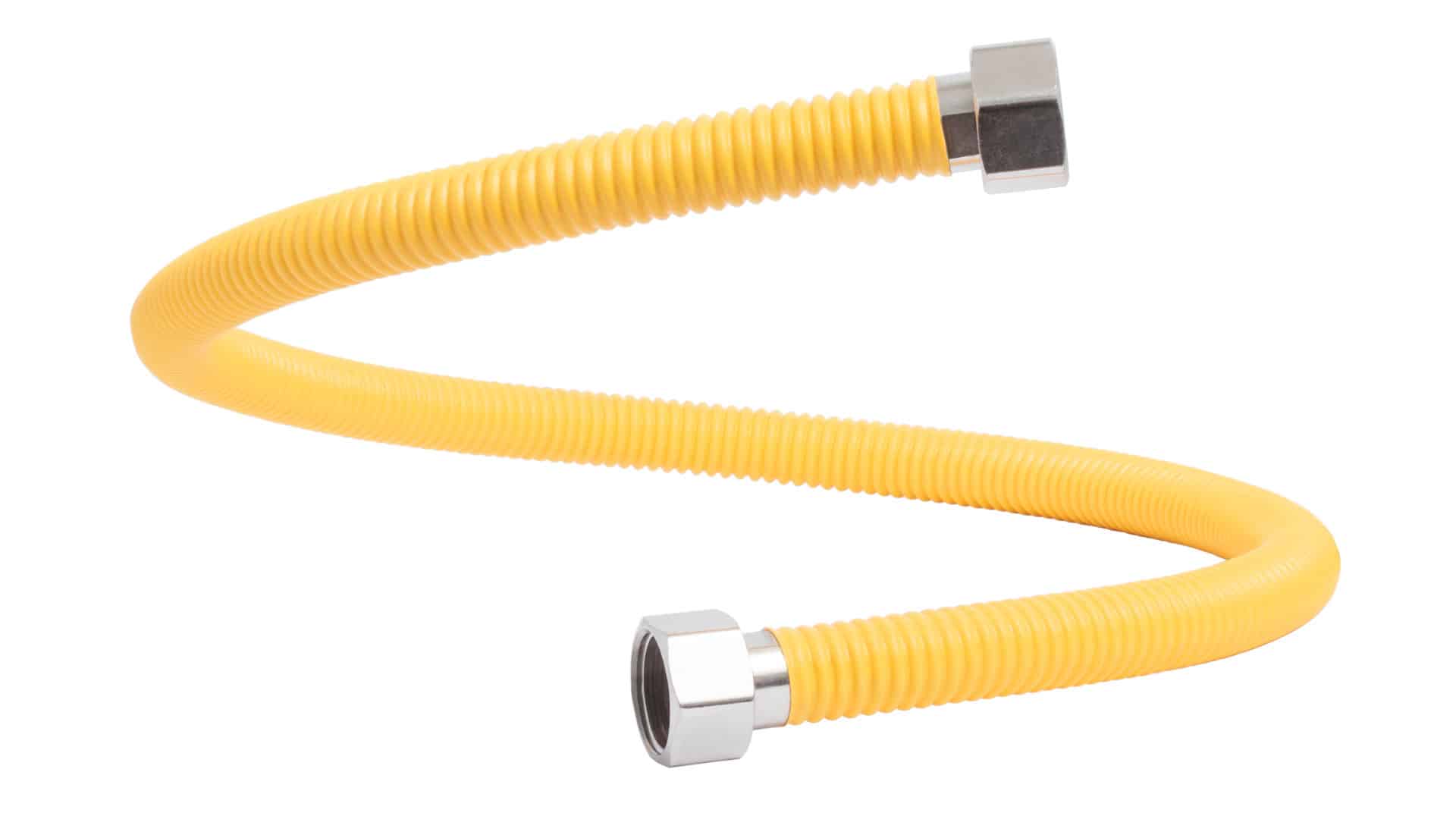
How to Hook up a Gas Dryer
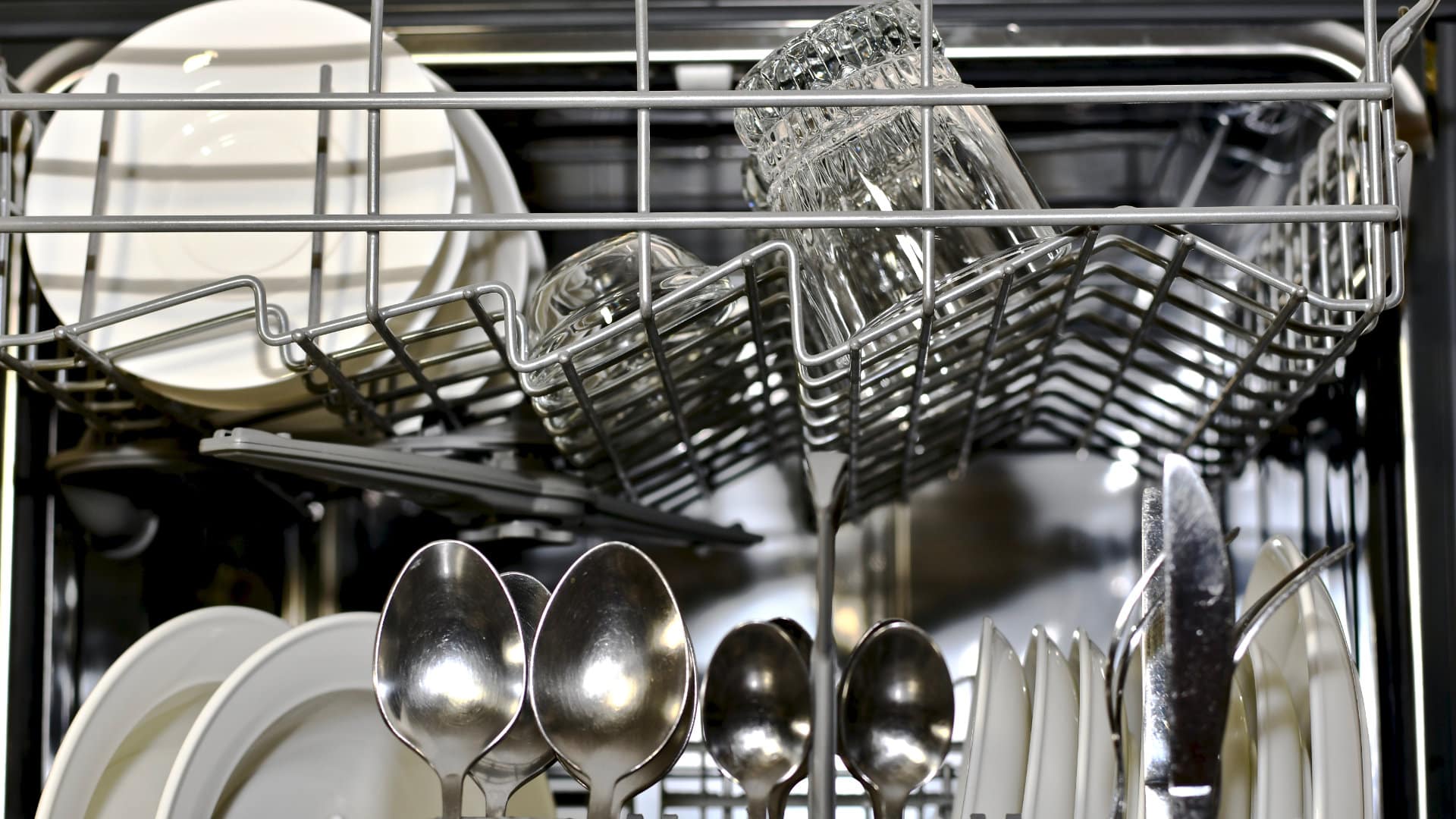
Dishwasher Not Cleaning Top Rack? How to Fix It

Why Your Microwave Is Making Weird Noises

How to Replace a Refrigerator Door Seal
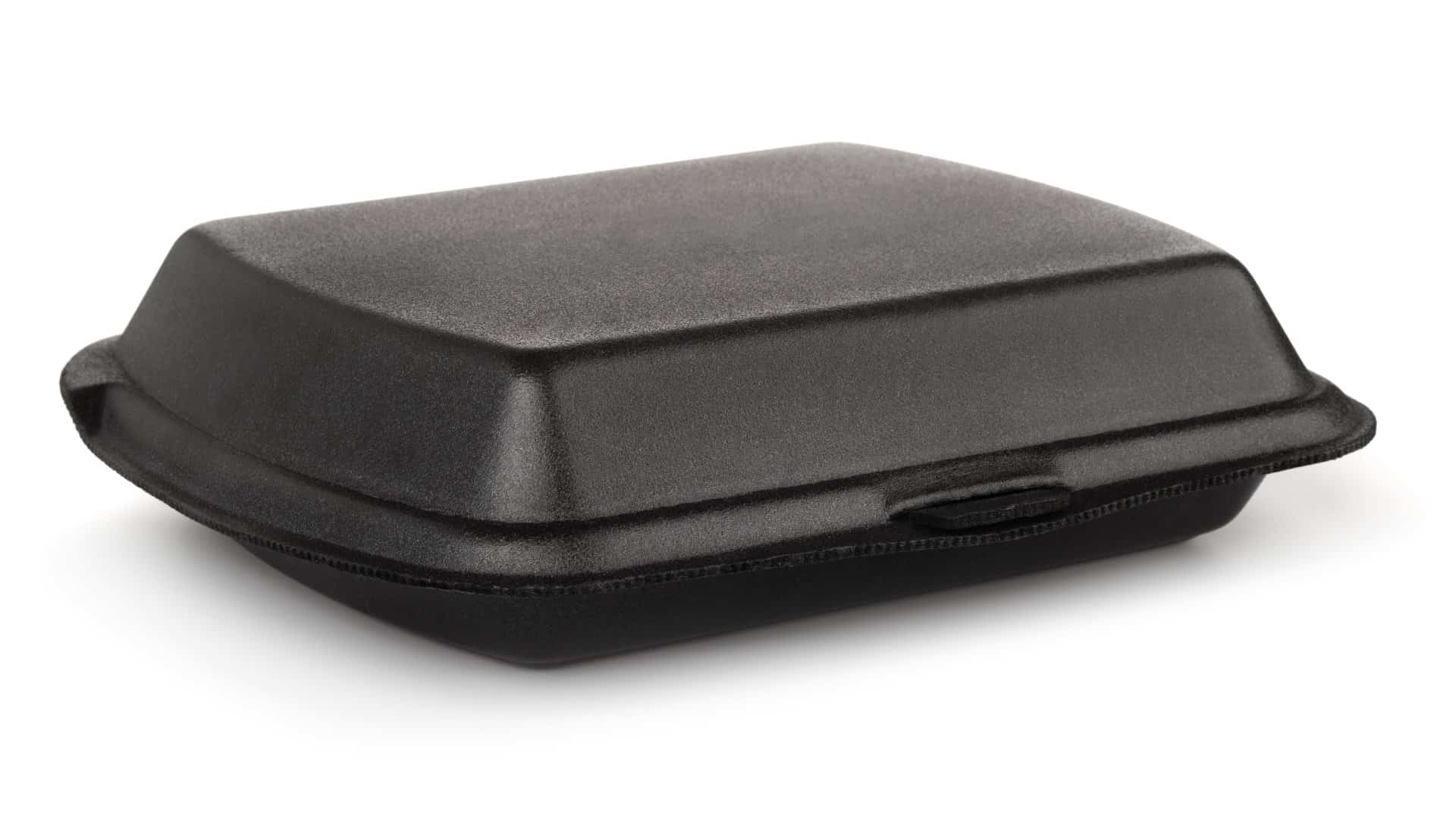
Can You Put Styrofoam in the Microwave?
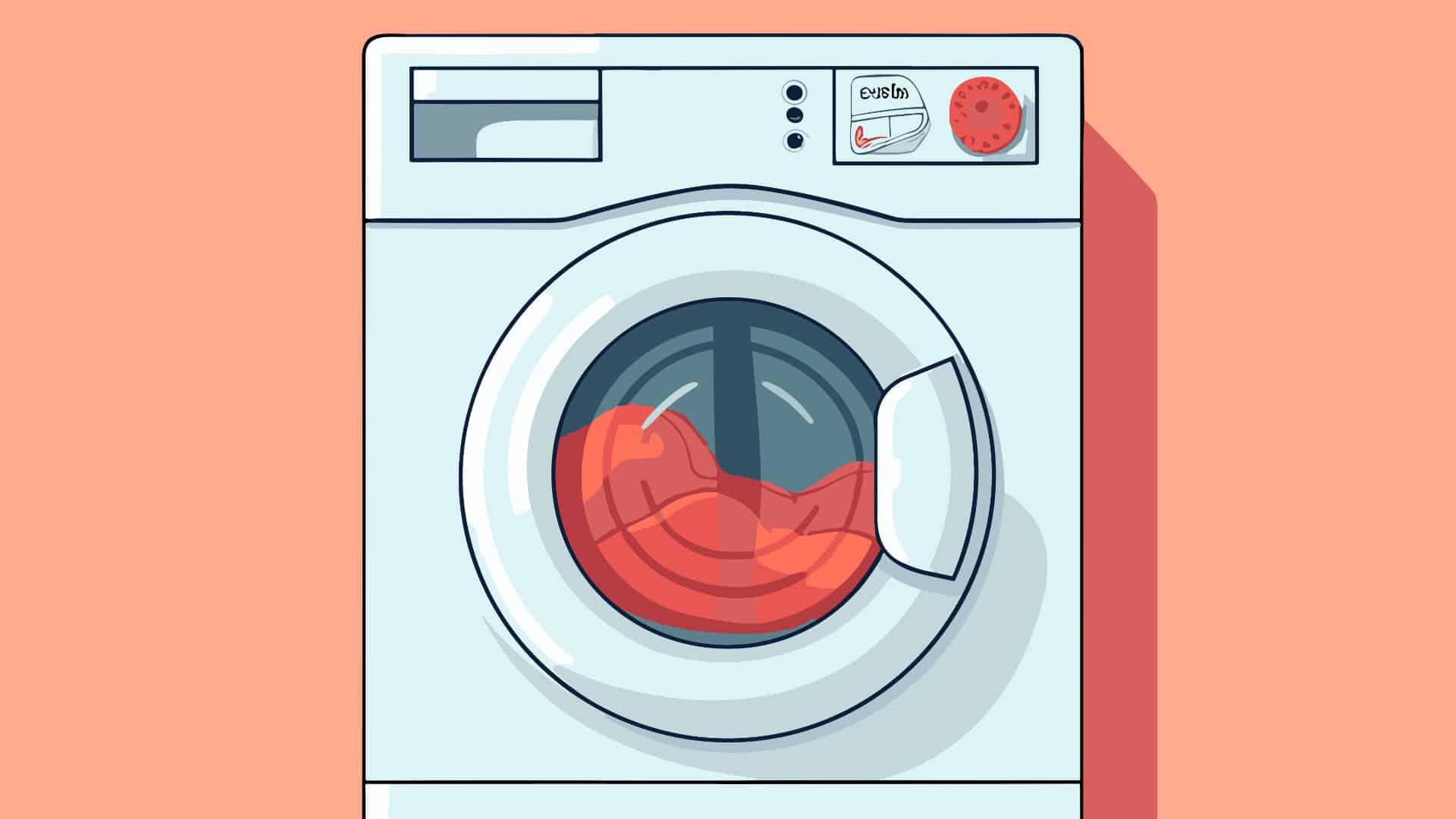
How to Resolve Whirlpool Washer E1/F9 Error Codes
